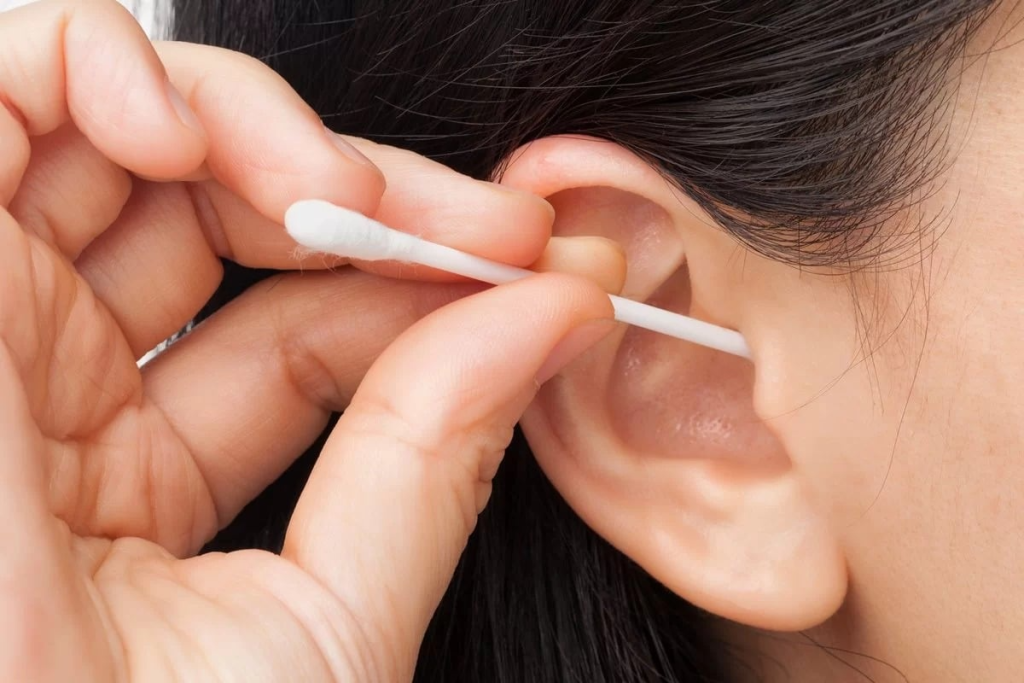
Urgent care centers are often the first stop for those with painful ear infections. We know that ear pain and discomfort can really disrupt your day. It can make everyday activities hard.
At urgent care clinics, we quickly assess and treat ear infections. We aim to ease your symptoms and stop any further problems. Our team is ready to help with ear ache and more.
When you visit urgent care, you get a detailed check-up and a treatment plan just for you. This helps you get back to feeling your best fast.
Knowing the signs of ear infections is important for getting the right care. Ear infections can be very uncomfortable and may cause bigger problems if not treated. We’ll look at the different types of ear infections, their symptoms, and when to go to urgent care or your doctor.
Ear infections can be divided by where they happen in the ear. The most common types are:
Knowing the specific type of ear infection is key to finding the right treatment.
Symptoms of ear infections can vary. Common symptoms include:
If you’re experiencing any of these symptoms, it’s important to figure out how bad they are. This will help you decide what to do next.
Not all ear infections need immediate attention. But knowing when to go to urgent care is important. If you or your child has severe ear pain, a high fever, or discharge from the ear, urgent care might be needed. For milder symptoms, seeing your primary care doctor might be better.
We recommend urgent care for:
By understanding the type of ear infection and its symptoms, you can choose the right place to get care.

Ear infections need a detailed check-up at urgent care. This includes looking at your medical history, doing a physical exam, and running tests. We have a set process to figure out what’s wrong and how to fix it.
The first step is gathering your medical history. Our doctors want to know about past ear infections, allergies, and your current symptoms. Knowing your medical history helps us find the cause and how serious it is.
We also ask how long you’ve had symptoms. This helps us know how long an ear infection lasts and what treatment you need.
Next, we do a physical exam. We use an otoscope to look into your ear canal and eardrum. This helps us see if there’s an infection, like redness or fluid.
The exam is usually painless. It gives us important info about your ear. For kids, we also check for signs of pain, like discomfort behind the ears.
Depending on your ear infection, we might do more tests. These could be tympanometry to check your eardrum and middle ear muscles. Or hearing tests if we worry about hearing loss.
These tests help us make a treatment plan just for you. This includes advice for ear pressure relief.
Knowing about the urgent care process for ear infections helps you prepare. Our aim is to give you a clear diagnosis and effective treatment. This way, you can get better from your infection.
Urgent care centers have many evidence-based treatment options for ear infections. These infections can be very painful. But, with the right care, you can get better fast. We check each patient to find the best treatment.
Antibiotics are often used for ear infections. But, they’re not needed in all cases. About 30.6% of ear infections get antibiotics. We follow guidelines to decide when to use them.
For bacterial infections, antibiotics can help a lot. But, for viral infections, they don’t work. So, we look for other treatments.
Managing pain is key when treating ear infections. We have many pain management solutions. We often suggest over-the-counter pain relievers. Sometimes, we prescribe stronger medicines.
Knowing how to manage pain is important. It helps our patients feel better while they get better.
For mild infections, we might suggest a “watchful waiting” approach. This means we watch the infection to see if it goes away by itself. We consider this for mild symptoms or likely viral infections.
If you think your ears hurt, see a healthcare professional. They can help figure out what’s wrong and how to get better.

Ear infections are common in kids. It’s important to understand how they differ from adult cases. Kids are more likely to get ear infections because of their smaller Eustachian tubes.
Children’s Eustachian tubes are shorter and more horizontal. This makes it easier for bacteria to get into the ear. This difference in anatomy makes kids more likely to get ear infections, leading to pain and discomfort.
Treating ear infections in kids is different from treating them in adults. We consider the child’s age, health, and how bad the symptoms are. This helps us find the best way to relieve ear pain.
In some cases, a child might need to see a specialist. This is if their ear infection is severe, doesn’t go away, or has other concerning symptoms. We work with parents to find the best care for their child’s needs.
Ear infections often cause ear pain and discomfort. You might also feel pressure in your ears. Symptoms like fever, hearing loss, and feeling like your ear is full are common too. If you’re experiencing these, we can help figure out what to do next.
Inner ear infections can make you feel dizzy and off balance. You might also have ear pain and pressure. If you’re feeling these symptoms, it’s important to see a doctor. We can check your condition and suggest the best treatment.
The time an ear infection lasts can vary. Mild cases might go away in a few days. But more serious ones might need antibiotics. We can tell you what to expect and help manage your symptoms.
At our urgent care center, we start with an evaluation and talk about your medical history. Our team will then do a physical exam, which might include looking into your ear. We might also do tests to confirm the diagnosis.
We offer several ways to ease ear pain, like over-the-counter pain relievers and ear drops. Sometimes, we prescribe antibiotics to treat the infection. We’ll find the best treatment for you.
Yes, kids are more likely to get ear infections because of their Eustachian tubes. We can diagnose and treat ear infections in children. The treatment depends on the child’s age and condition. In some cases, we might refer them to a specialist.
For mild ear infections, we might suggest watching and waiting. This means keeping an eye on your symptoms without using antibiotics right away. We’ll decide if this is right for you based on your condition.
While you can’t completely avoid ear infections, there are ways to lower your risk. Good hygiene, avoiding loud noises, and getting vaccinated against flu and pneumococcal disease can help. We can give you tips on how to reduce your risk.
Subscribe to our e-newsletter to stay informed about the latest innovations in the world of health and exclusive offers!
WhatsApp us